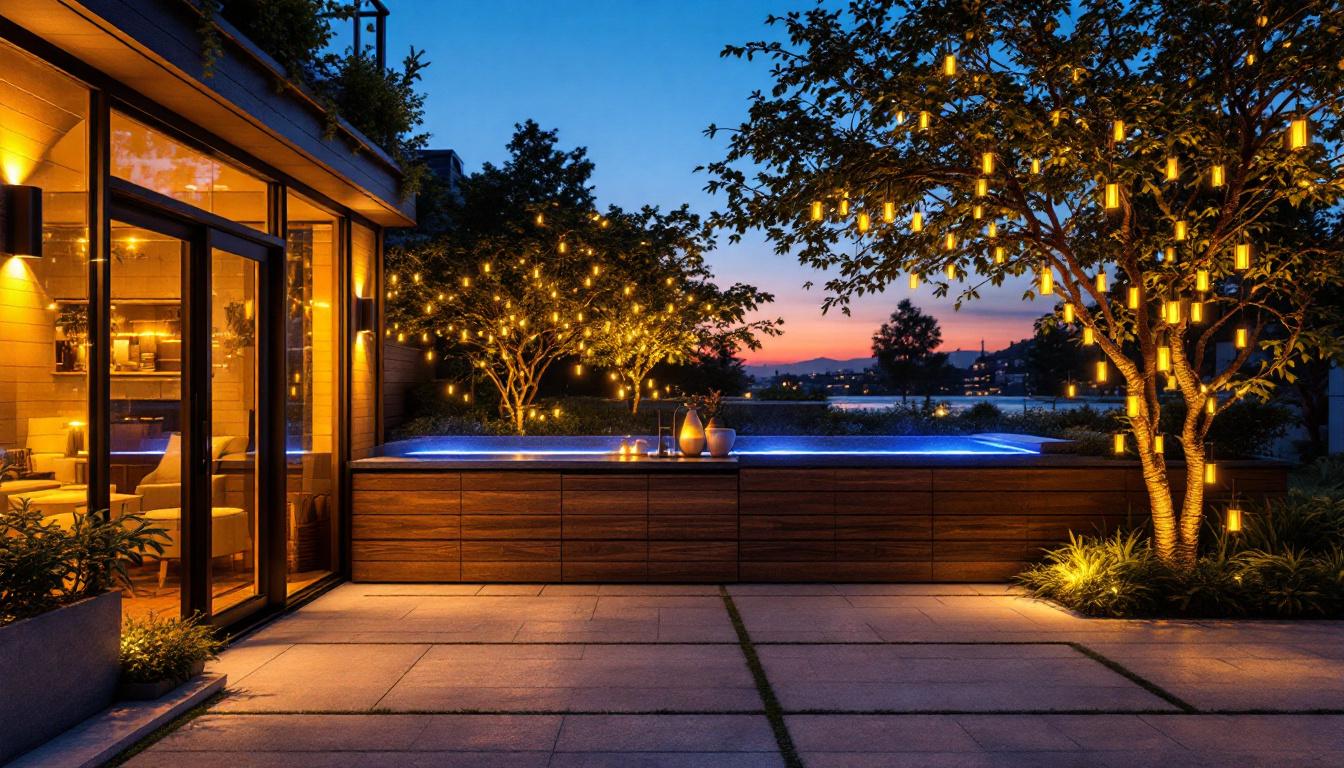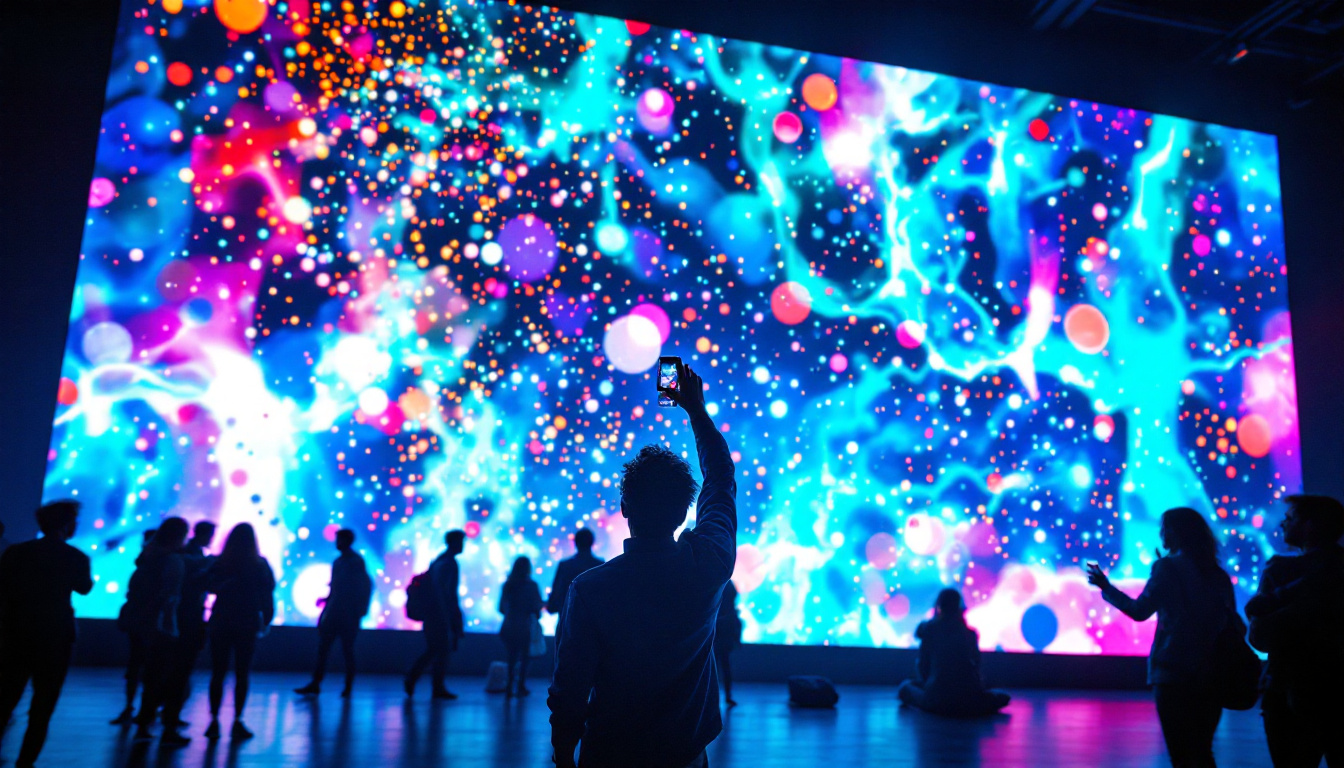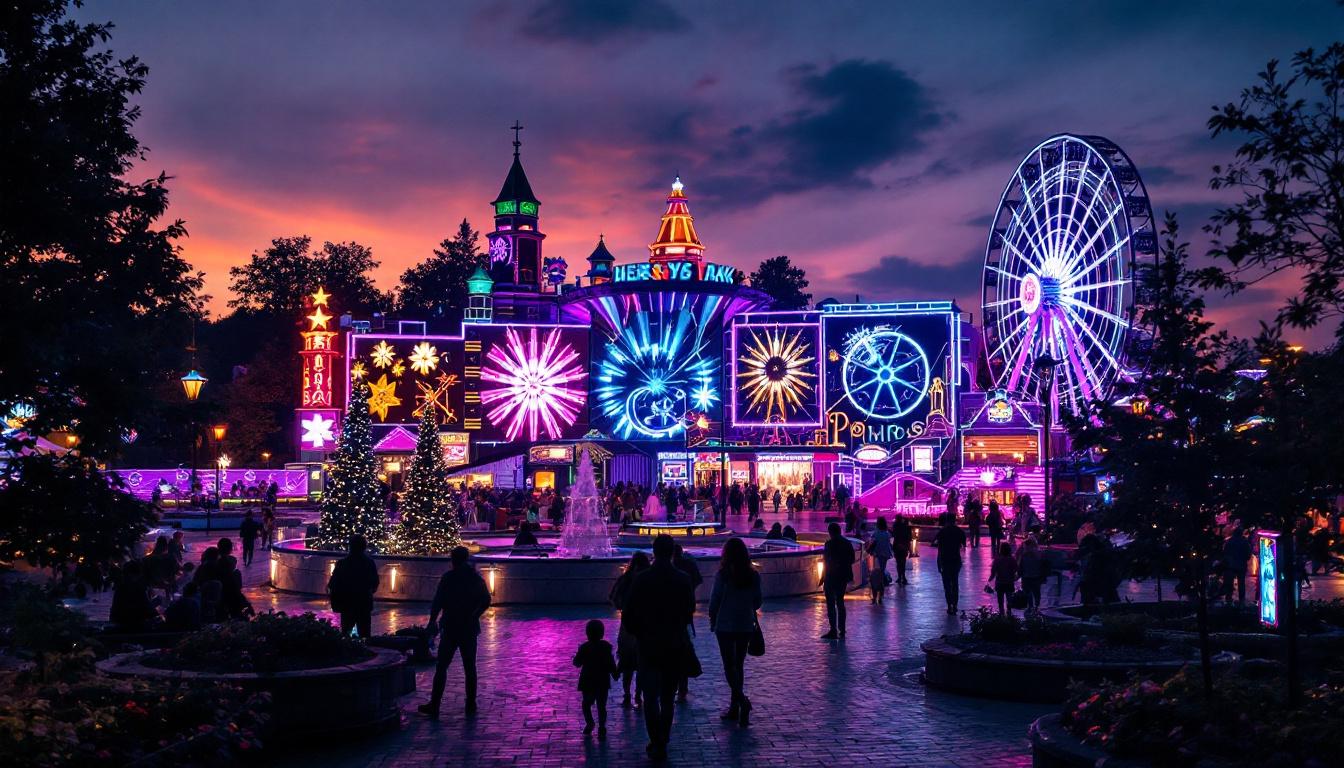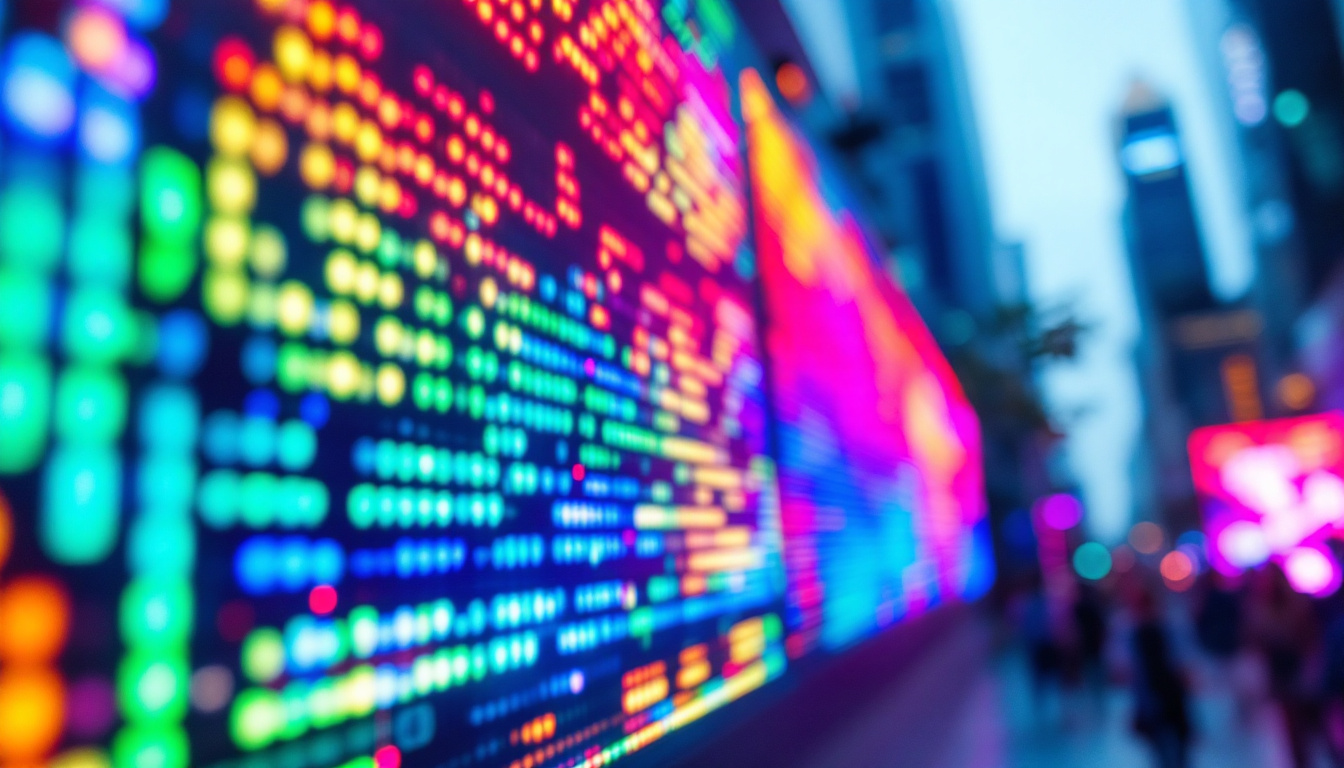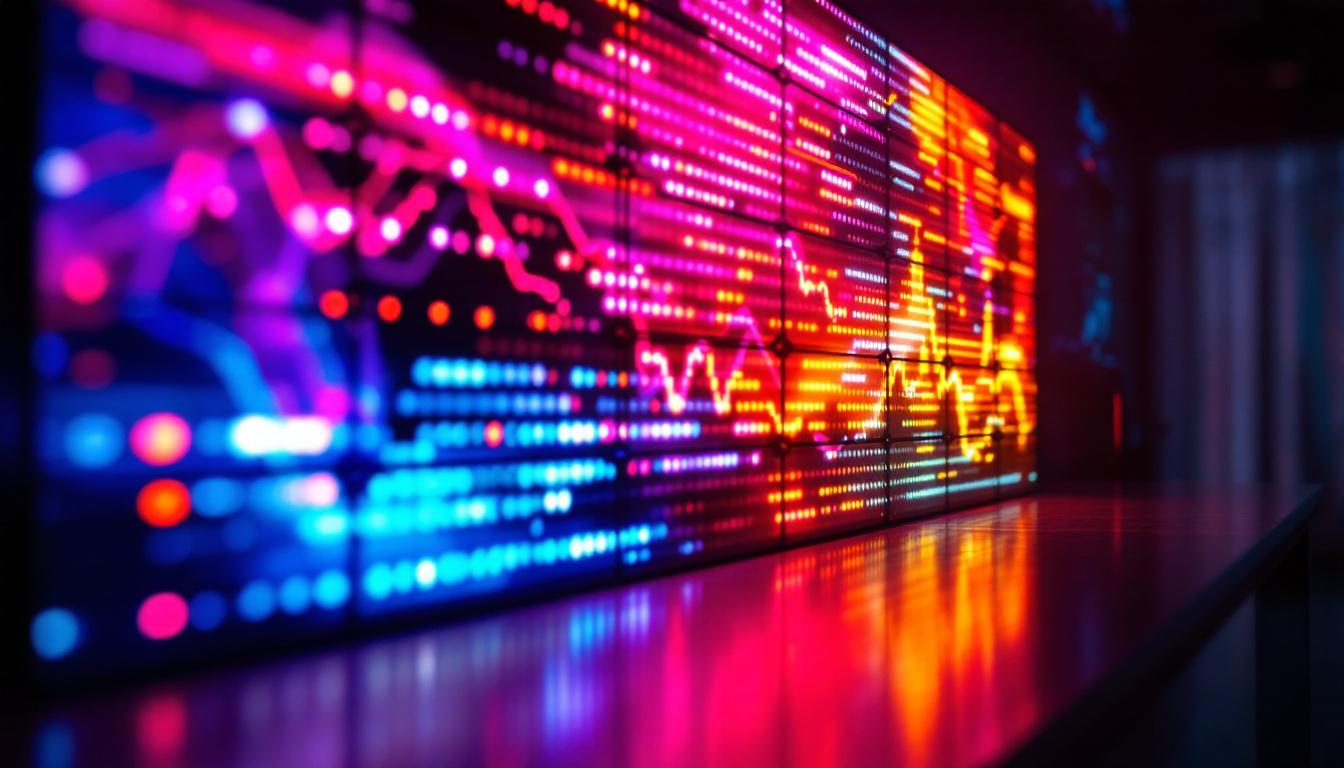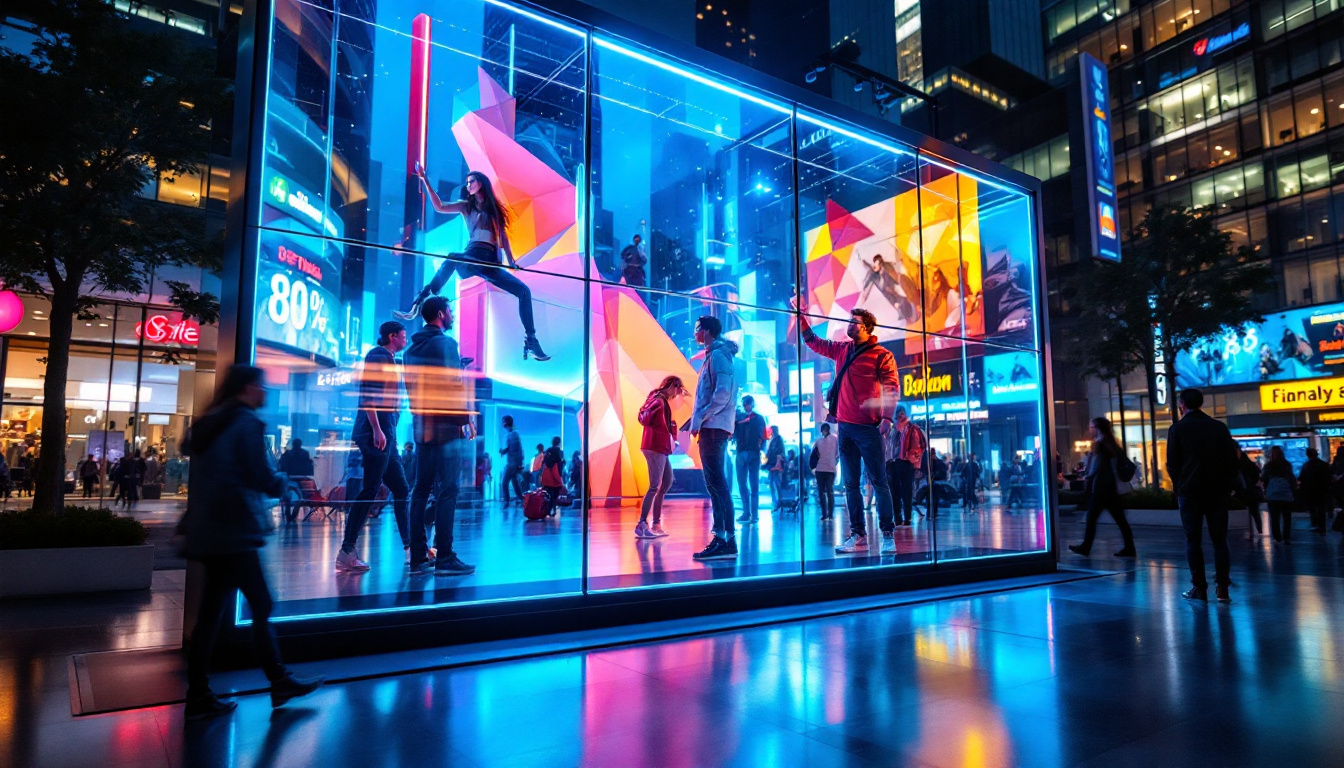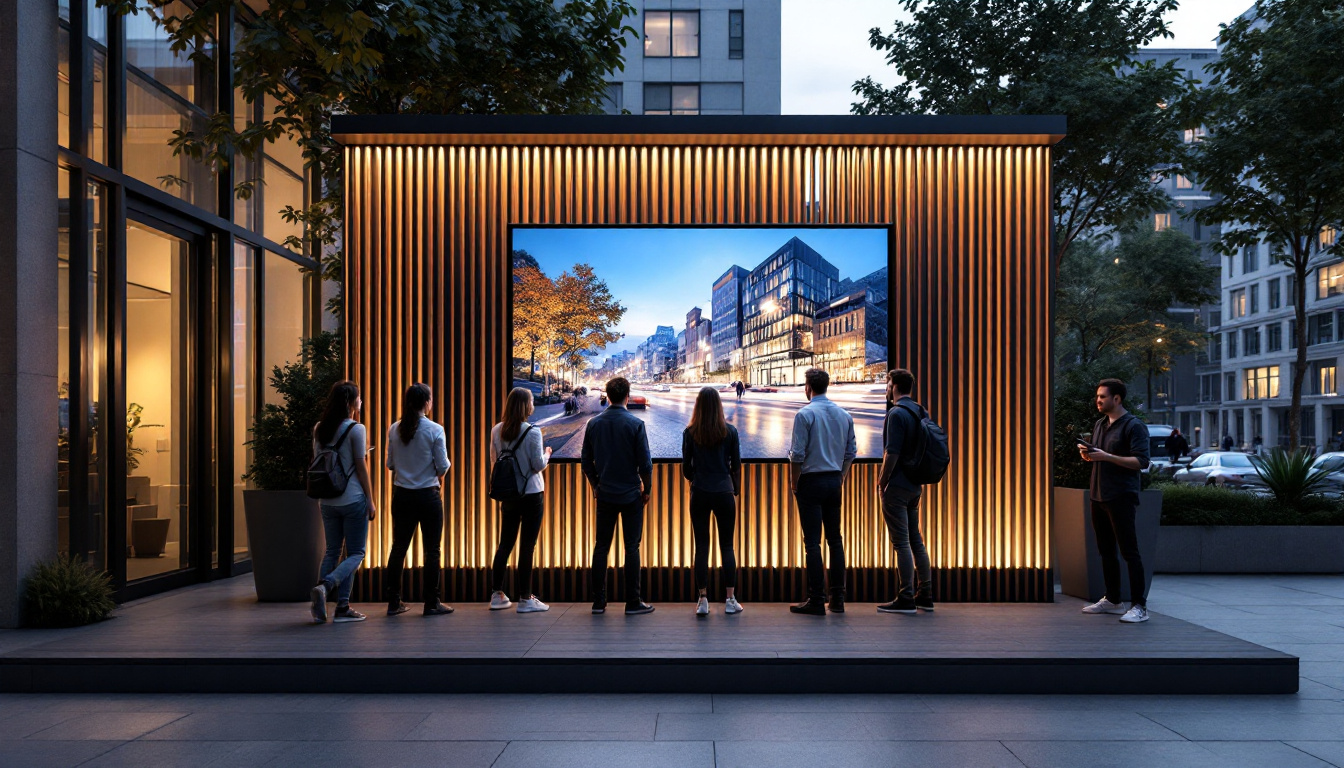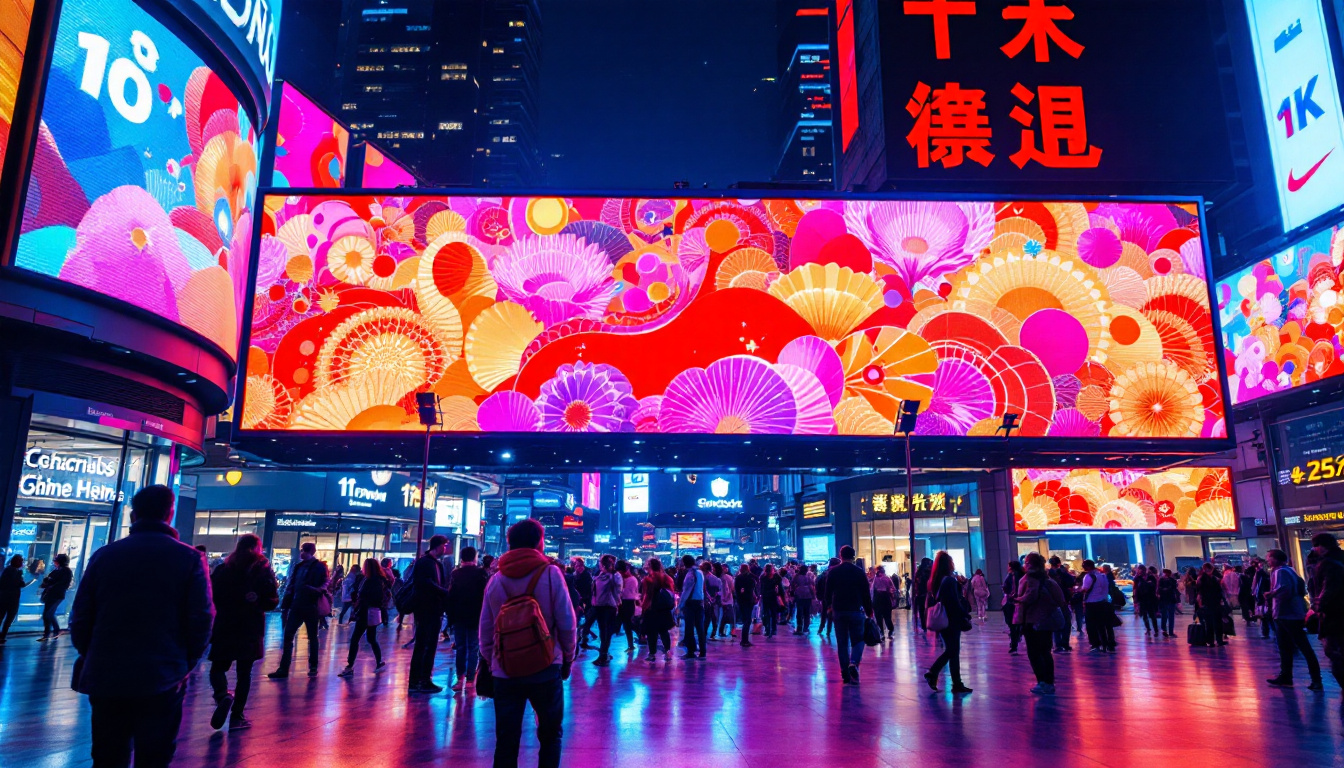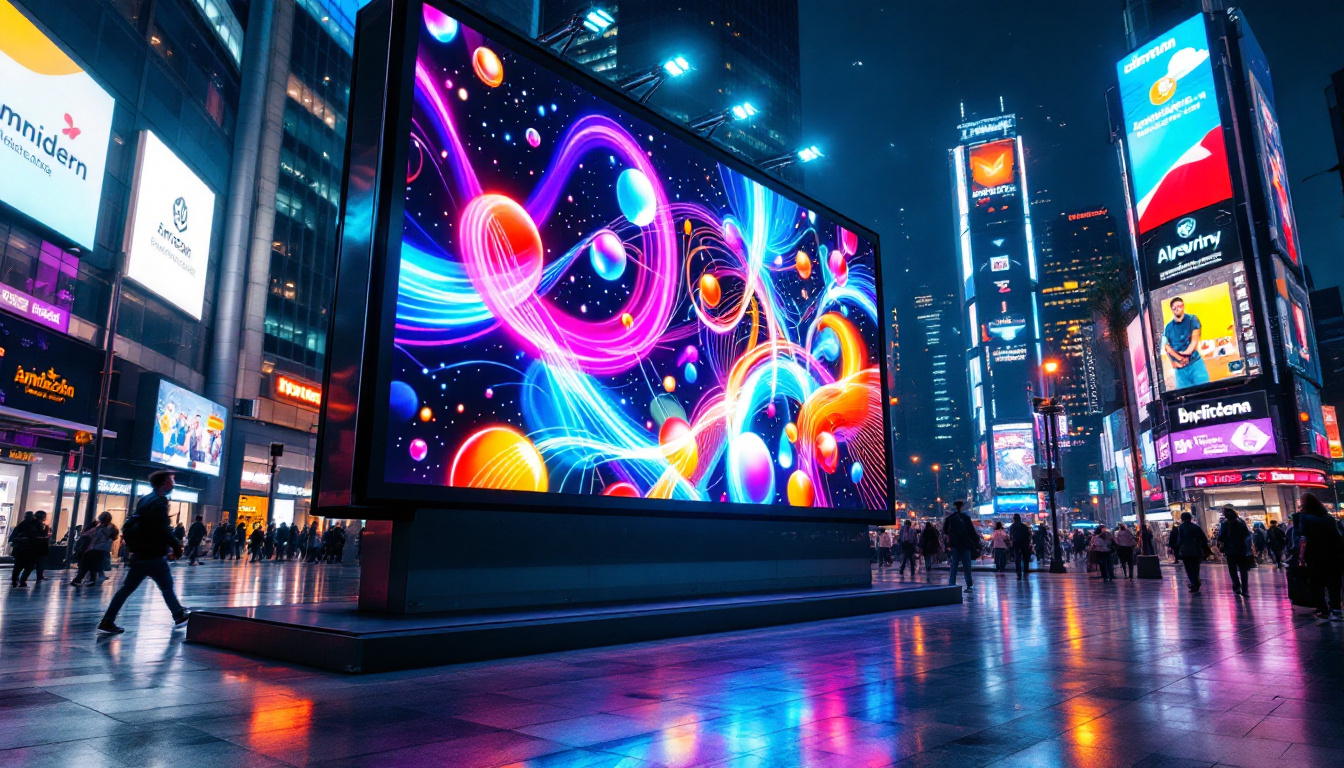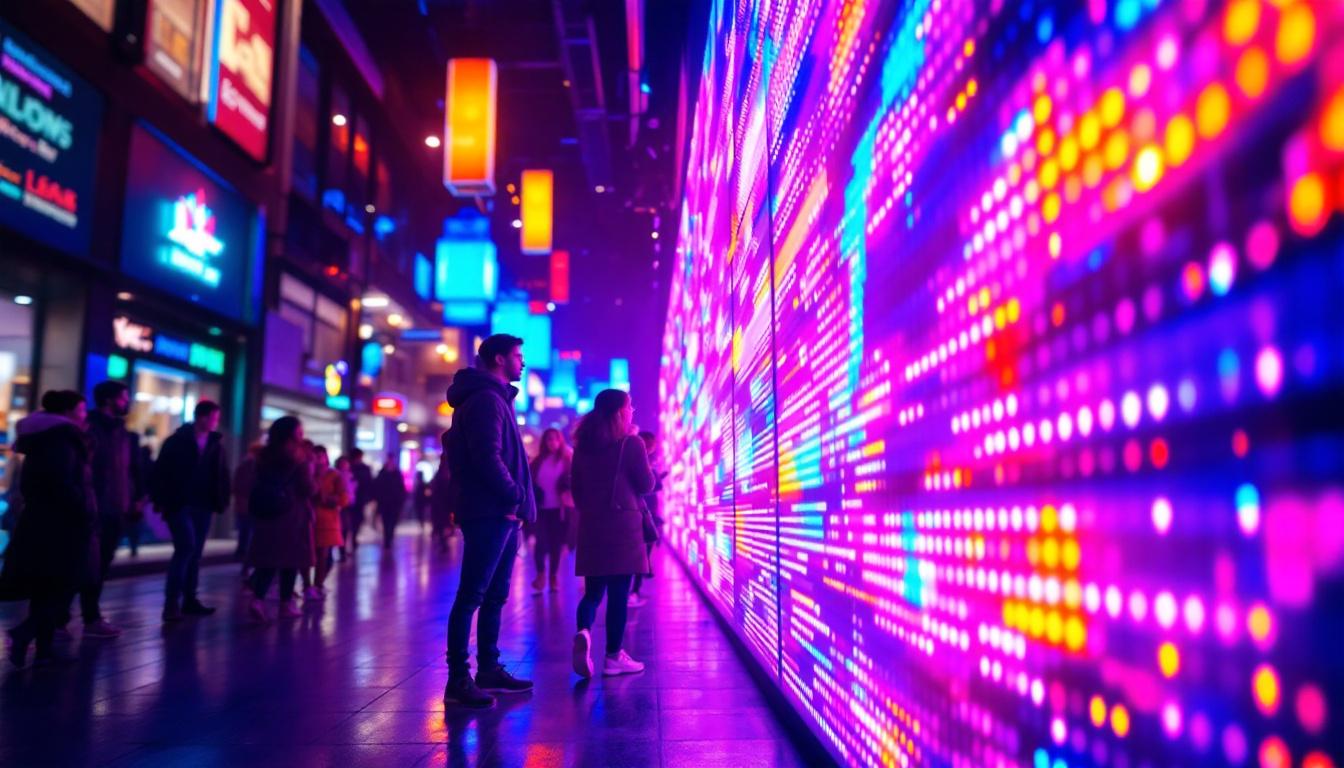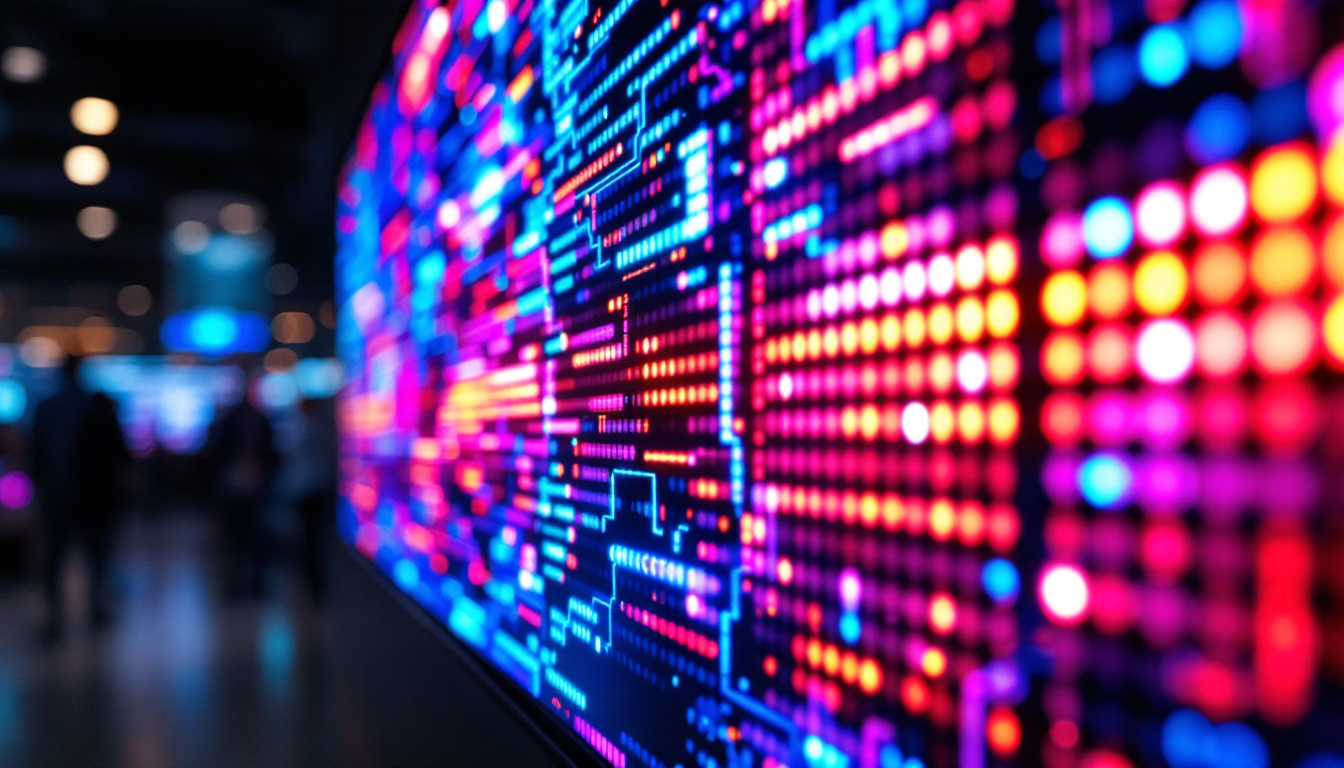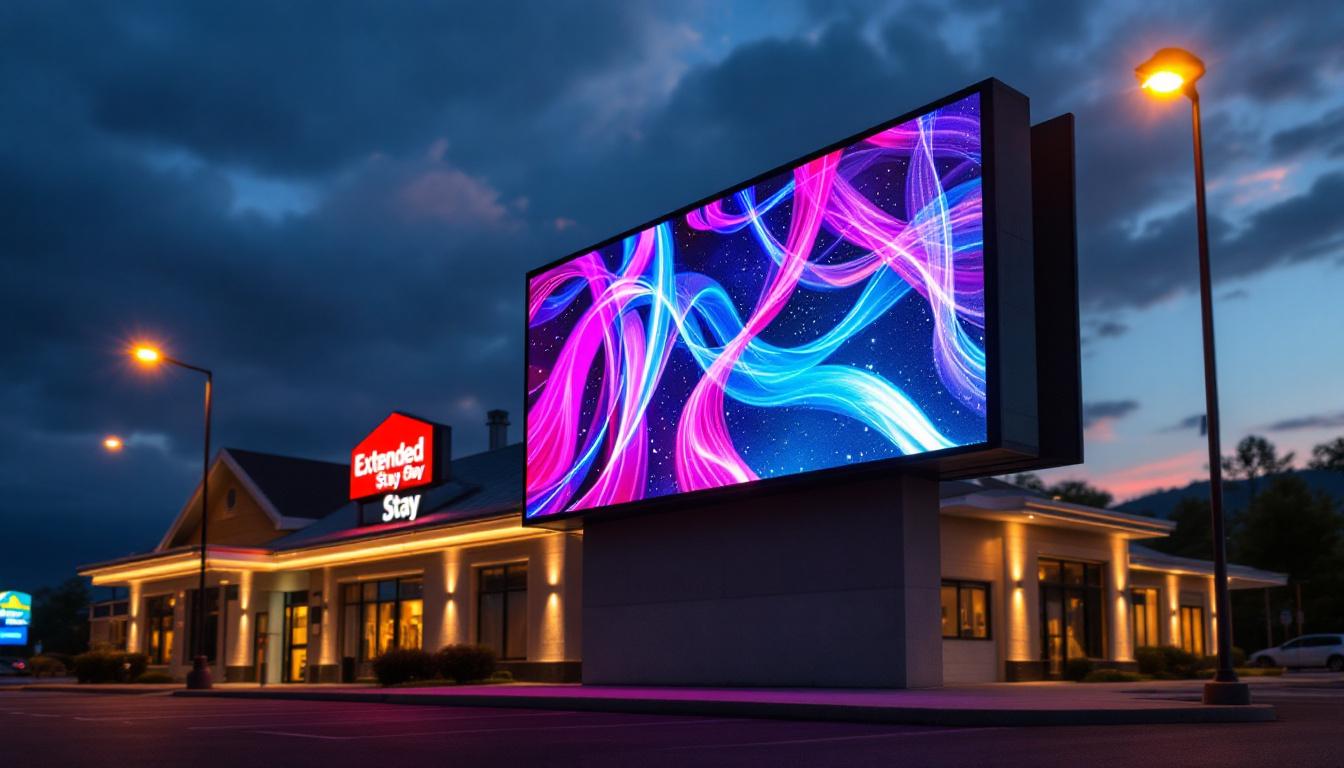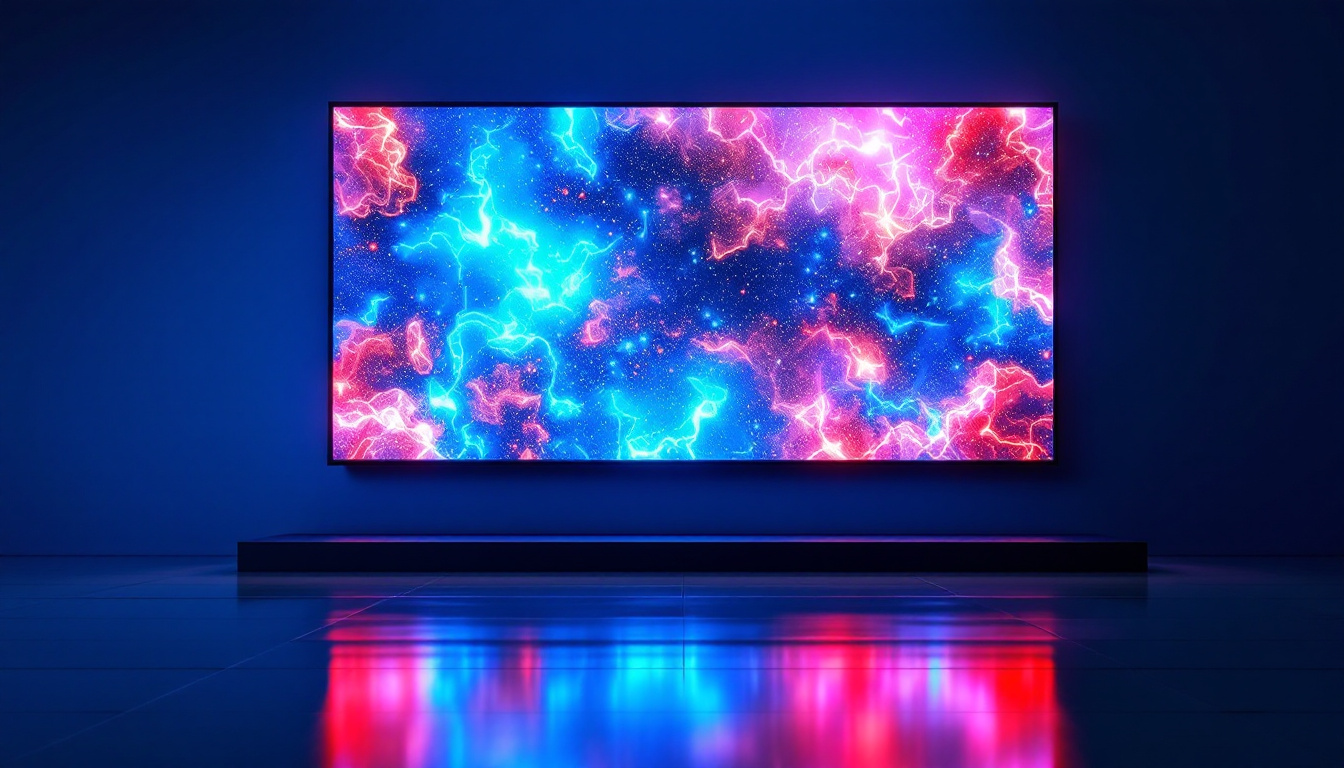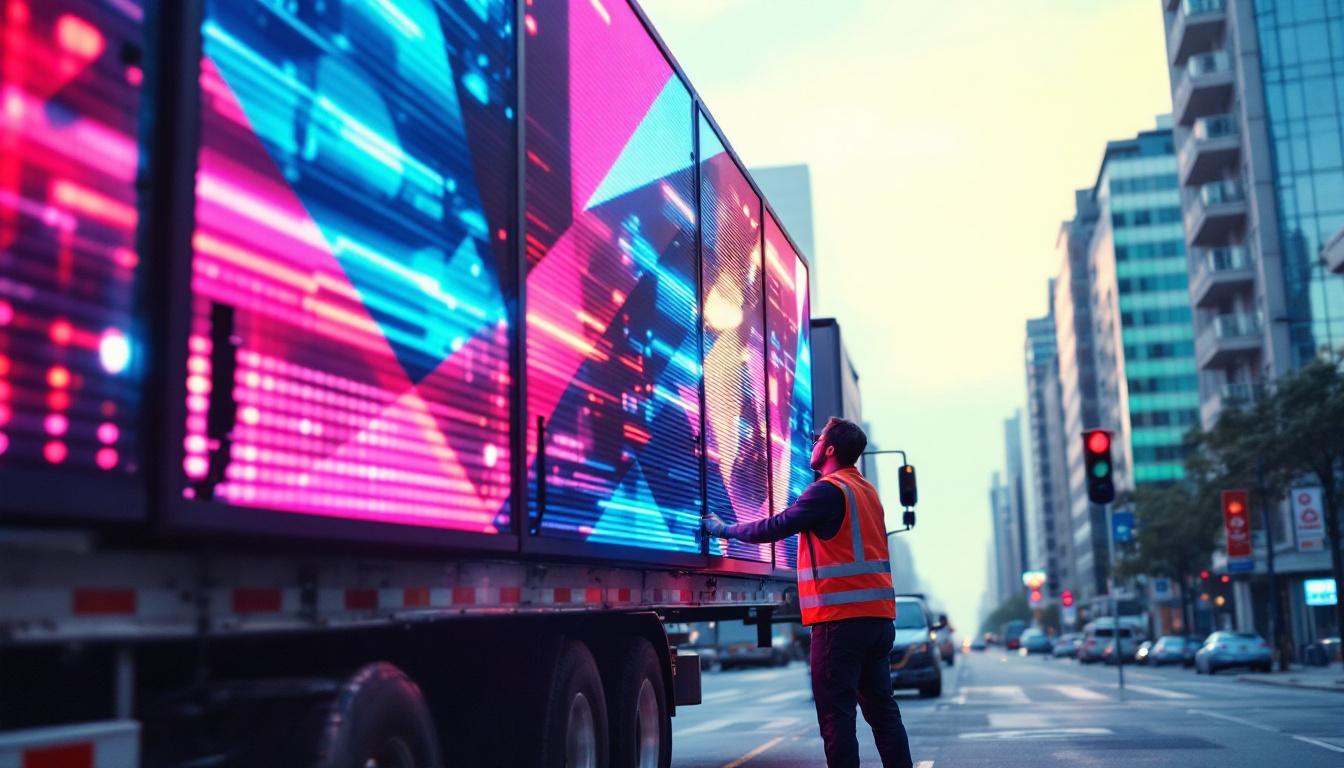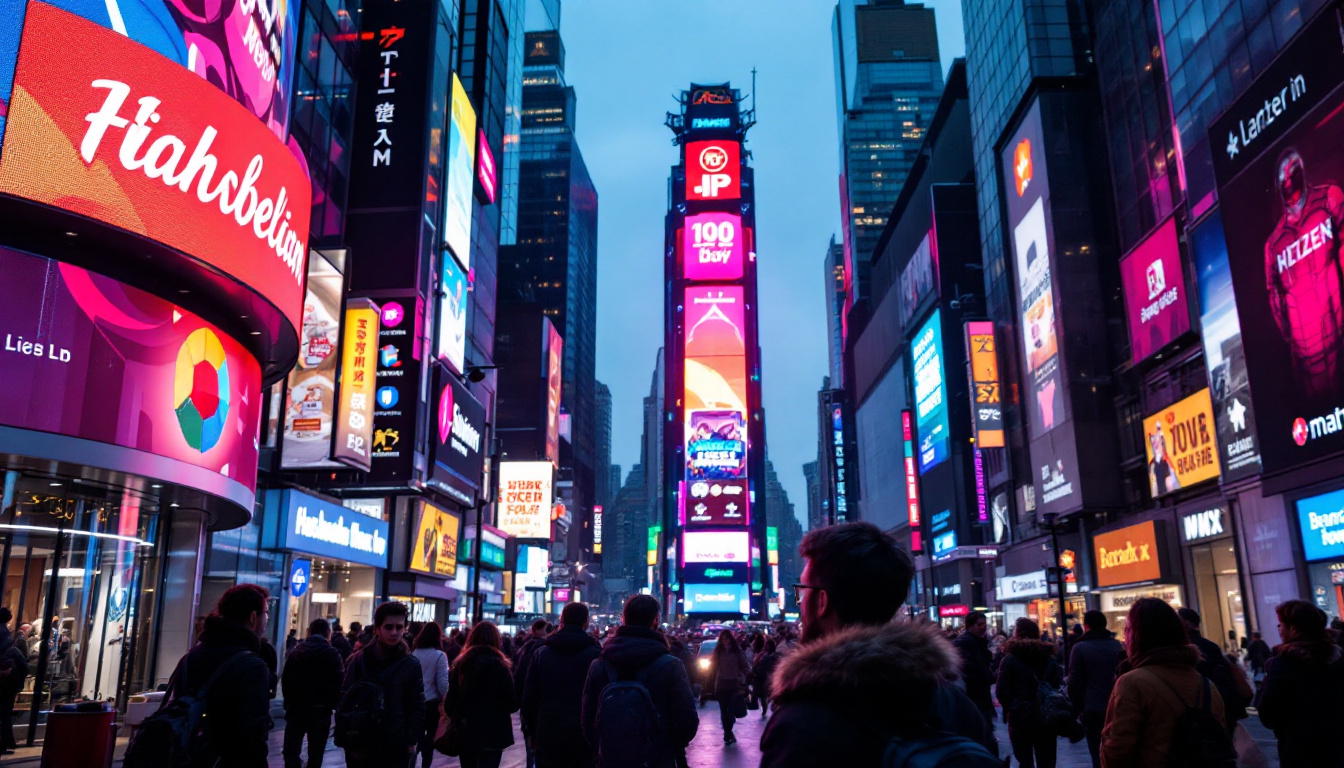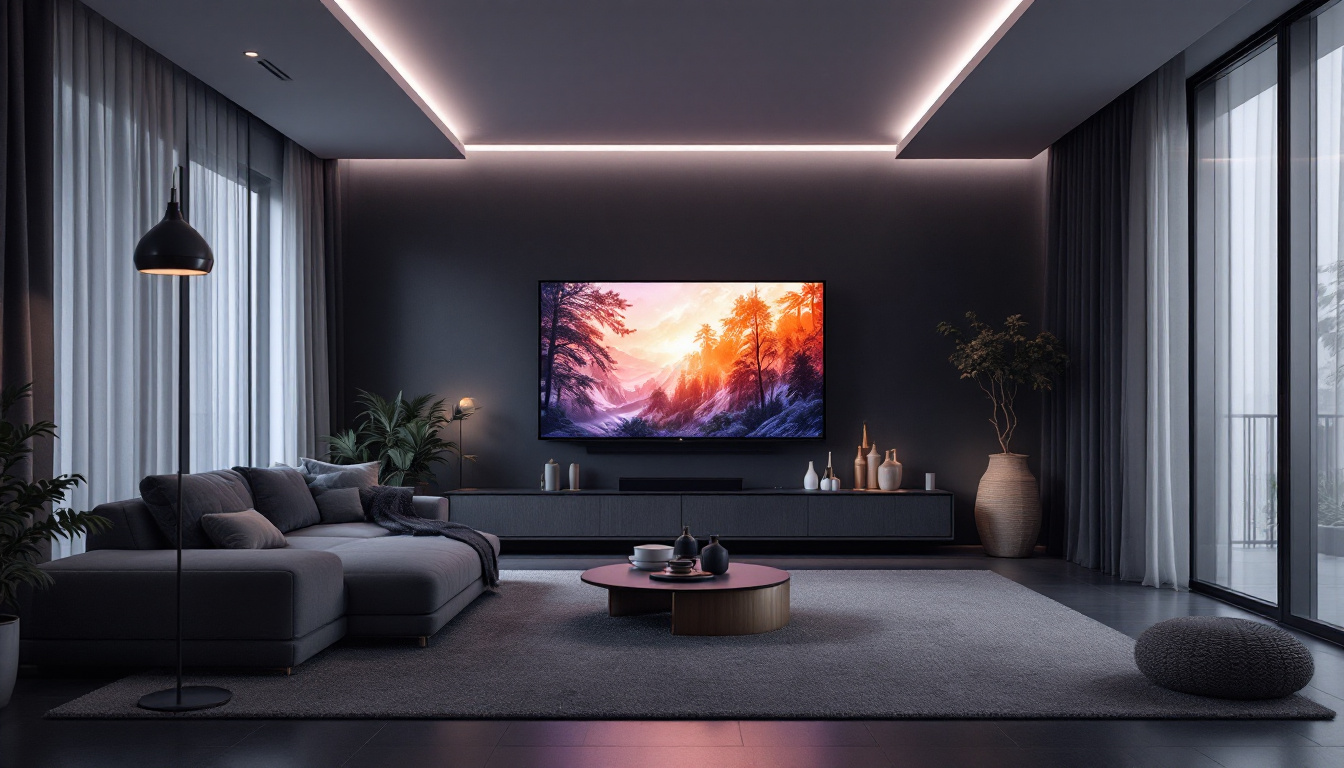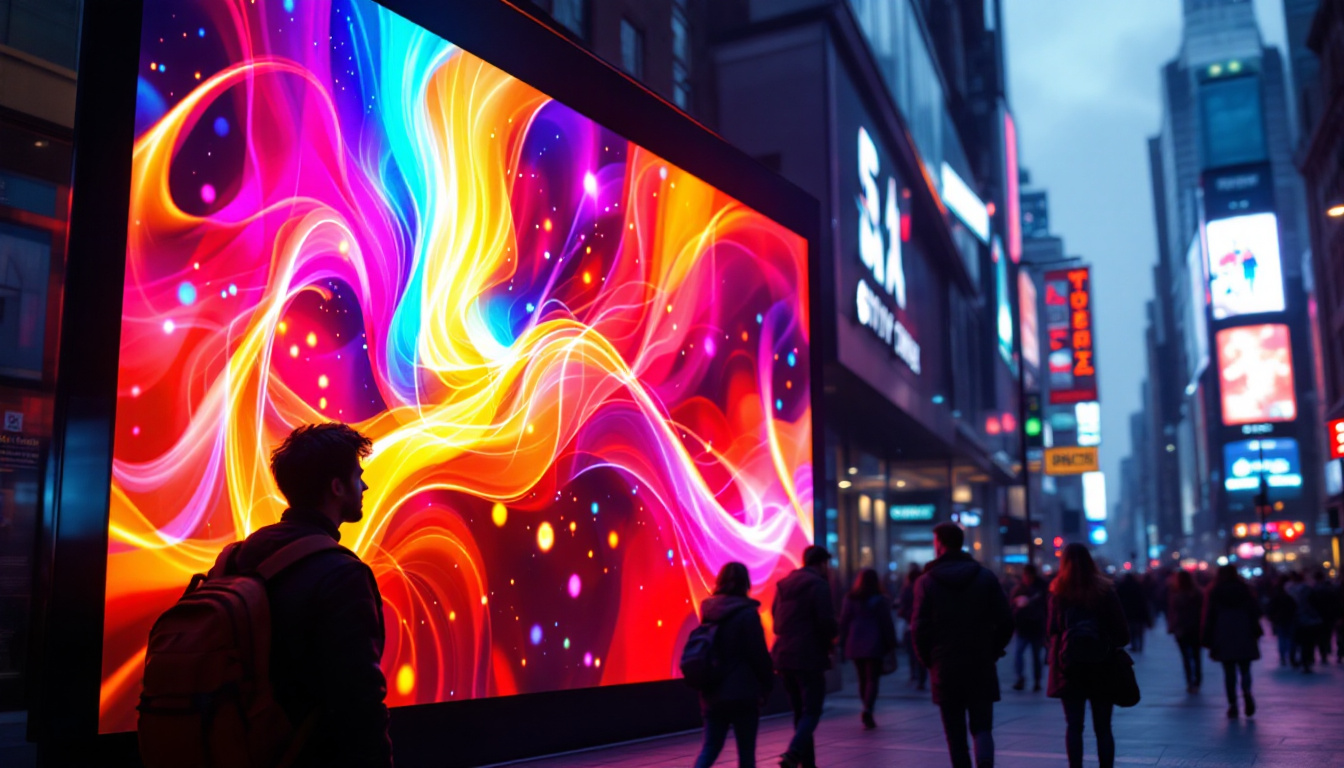In recent years, LED outdoor permanent lights have revolutionized the way businesses, municipalities, and event organizers approach outdoor lighting and digital displays. These vibrant, energy-efficient, and durable lighting solutions have become the go-to choice for advertising, public information dissemination, and architectural enhancement. This article delves into the technology behind LED outdoor permanent lights, their applications, benefits, and considerations for selecting the right LED display for your needs.
Understanding LED Outdoor Permanent Lights
What Are LED Outdoor Permanent Lights?
LED outdoor permanent lights refer to light-emitting diode (LED) fixtures designed for continuous, long-term installation in outdoor environments. Unlike temporary or portable lighting solutions, these LEDs are engineered to withstand weather conditions such as rain, wind, dust, and extreme temperatures. They are commonly used in digital billboards, building facades, stadiums, and public spaces.
These lights are composed of multiple LED modules arranged to form a display panel. Each module contains numerous tiny LEDs that emit light when an electric current passes through them. The collective light output creates images, videos, or text that can be viewed from significant distances, making them ideal for advertising and information dissemination. Their durability and versatility make them a popular choice for both commercial and residential applications, enhancing the aesthetic appeal of outdoor spaces while providing functional illumination.
Additionally, the integration of smart technology in LED outdoor permanent lights has revolutionized their usage. Many modern systems come equipped with sensors that adjust brightness based on ambient light conditions, ensuring optimal visibility while conserving energy. This adaptability not only enhances user experience but also contributes to sustainability efforts by reducing unnecessary energy consumption.
The Technology Behind LED Displays
At the core of LED outdoor permanent lights is semiconductor technology. LEDs convert electrical energy directly into light with minimal heat generation, offering superior energy efficiency compared to traditional lighting like incandescent or fluorescent bulbs. Modern LED displays use surface-mount device (SMD) technology, where LEDs are mounted directly onto circuit boards, allowing for high pixel density and vibrant color reproduction.
Pixel pitch is a critical specification in LED displays, referring to the distance between the centers of two adjacent pixels. A smaller pixel pitch means higher resolution and sharper images, which is essential for displays viewed up close. Outdoor LED displays typically have a pixel pitch ranging from 4mm to 20mm, balancing visibility and cost-effectiveness. The advancements in pixel technology have led to the development of ultra-high-definition displays that can showcase intricate details, making them suitable for a variety of applications, from artistic installations to high-profile advertising campaigns.
Moreover, the longevity of LED lights is another significant advantage. With a lifespan that can exceed 50,000 hours, these lights reduce the need for frequent replacements, thereby lowering maintenance costs over time. This durability is further enhanced by protective coatings that shield the components from UV rays and corrosive elements, ensuring that the displays maintain their brightness and color accuracy even after prolonged exposure to the elements. As a result, businesses and municipalities are increasingly investing in LED outdoor permanent lights, recognizing their potential to create impactful visual experiences while also being mindful of long-term operational efficiency.
Applications of LED Outdoor Permanent Lights
Advertising and Digital Billboards
One of the most prevalent uses of LED outdoor permanent lights is in advertising. Digital billboards equipped with LED displays offer dynamic content capabilities, allowing advertisers to rotate multiple ads, display animations, and update messages in real-time. This flexibility enhances engagement and provides measurable returns on investment.
According to a study by the Outdoor Advertising Association of America (OAAA), digital billboards can increase recall rates by up to 47% compared to static billboards. Moreover, advertisers can target specific demographics by scheduling ads according to time of day or local events, maximizing relevance and impact.
Public Information and Safety Displays
Municipalities and transportation authorities utilize LED outdoor permanent lights to convey important information to the public. Examples include traffic signs, emergency alerts, weather updates, and event notifications. The brightness and clarity of LED displays ensure messages are visible even in direct sunlight, enhancing public safety and awareness.
For instance, variable message signs (VMS) on highways use LED technology to inform drivers about traffic conditions, road closures, or hazards. These signs can be updated remotely and instantaneously, providing timely information that can prevent accidents and improve traffic flow.
Architectural and Decorative Lighting
Beyond functional uses, LED outdoor permanent lights are increasingly employed for architectural lighting and decoration. Buildings, bridges, monuments, and public spaces can be illuminated with customizable colors and patterns, creating visually stunning effects that enhance the urban landscape.
LED lighting allows for energy-efficient, low-maintenance installations that can be programmed for seasonal displays, celebrations, or branding purposes. Cities worldwide leverage this technology to boost tourism and community pride through iconic light shows and installations.
Benefits of LED Outdoor Permanent Lights
Energy Efficiency and Cost Savings
LED technology is renowned for its energy efficiency. Outdoor LED lights consume up to 75% less energy than traditional lighting solutions, significantly reducing electricity costs. This efficiency is particularly important for large-scale displays that operate continuously, such as billboards or stadium lighting.
In addition to lower energy consumption, LEDs have a longer lifespan—often exceeding 50,000 hours—meaning fewer replacements and maintenance interventions. This durability translates to reduced operational costs and less environmental waste over time.
Superior Brightness and Visibility
Outdoor LED displays are designed to deliver high brightness levels, often exceeding 5,000 nits, which ensures clear visibility even in direct sunlight. This capability is essential for outdoor applications where ambient light conditions can vary dramatically throughout the day.
LED displays also offer excellent color accuracy and contrast ratios, making images and text more vibrant and legible. This visual clarity is crucial for capturing attention and effectively communicating messages in busy outdoor environments.
Environmental and Sustainability Advantages
LED outdoor permanent lights are environmentally friendly due to their low power consumption and reduced carbon footprint. Unlike conventional lighting, LEDs do not contain hazardous materials such as mercury, making disposal safer and more sustainable.
Furthermore, many LED systems incorporate smart controls that adjust brightness based on ambient light or time of day, optimizing energy use and minimizing light pollution. This adaptability supports green building certifications and municipal sustainability goals.
Key Considerations When Choosing LED Outdoor Permanent Lights
Durability and Weather Resistance
Outdoor LED displays must be robust enough to withstand harsh environmental conditions. Look for products with high ingress protection (IP) ratings—IP65 or higher is recommended for permanent outdoor installations. This rating indicates resistance to dust and water, ensuring longevity and consistent performance.
Additionally, consider the materials used in the display housing. Corrosion-resistant metals and UV-stabilized plastics help prevent degradation caused by sun exposure, moisture, and temperature fluctuations.
Resolution and Viewing Distance
Selecting the appropriate resolution depends on the typical viewing distance and the type of content displayed. For instance, a billboard visible from a highway may require a pixel pitch of 16mm or more, while a display intended for pedestrian areas might need a finer pitch of 4mm to 8mm for crisp detail.
Understanding the audience’s viewing habits helps optimize the balance between cost and image quality. Higher resolution displays are more expensive but provide superior visual impact at close range.
Installation and Maintenance
Permanent LED installations require careful planning regarding mounting structures, electrical supply, and accessibility for maintenance. Modular designs facilitate easier repairs and upgrades, minimizing downtime and service costs.
Many manufacturers offer remote monitoring and diagnostic tools that alert operators to potential issues before they escalate, improving reliability and operational efficiency.
Regulatory Compliance and Permits
Before installing outdoor LED displays, it is essential to check local regulations and obtain necessary permits. Some municipalities impose restrictions on brightness levels, display size, or content types to prevent light pollution and distractions.
Engaging with local authorities early in the planning process can streamline approvals and ensure compliance with zoning laws and safety standards.
Future Trends in LED Outdoor Permanent Lighting
Integration with Smart Technologies
The future of LED outdoor permanent lights is closely tied to smart city initiatives. Integration with sensors, cameras, and IoT devices enables adaptive lighting systems that respond to environmental conditions, pedestrian traffic, or emergency situations.
For example, smart LED displays can adjust brightness automatically to reduce energy consumption at night or display real-time data such as air quality indices and public transit updates, enhancing urban livability.
Advancements in LED Materials and Design
Ongoing research in LED materials aims to improve efficiency, color range, and lifespan. Innovations such as micro-LED and mini-LED technology promise even higher resolution and brightness with lower power consumption.
Flexible and transparent LED panels are also emerging, allowing for creative architectural applications and seamless integration into building surfaces, glass, and signage.
Enhanced Content Capabilities
As LED display technology evolves, so do content management systems. Advanced software tools enable dynamic, interactive, and personalized content delivery, increasing engagement and advertising effectiveness.
Artificial intelligence and machine learning algorithms can analyze viewer behavior and optimize content in real-time, opening new possibilities for targeted marketing and public communication.
Conclusion
LED outdoor permanent lights represent a powerful combination of technology, efficiency, and versatility. Their ability to deliver bright, high-quality visuals in challenging outdoor environments makes them indispensable for advertising, public information, and architectural lighting.
By understanding the technology, applications, benefits, and key considerations, businesses and municipalities can make informed decisions when investing in LED outdoor permanent lighting solutions. As the technology continues to advance, LED displays will play an increasingly vital role in shaping vibrant, connected, and sustainable urban environments.
Illuminate Your Space with LumenMatrix
Ready to elevate your outdoor space with vibrant, energy-efficient lighting? LumenMatrix is at the forefront of LED display technology, offering a diverse range of solutions tailored to your unique needs. From dazzling Outdoor LED Wall Displays to dynamic Vehicle LED Displays and beyond, our products are designed to captivate and engage. Discover how our innovative LED display modules can transform your visual communication and create unforgettable experiences. Check out LumenMatrix LED Display Solutions today and light up your world with clarity and impact.

